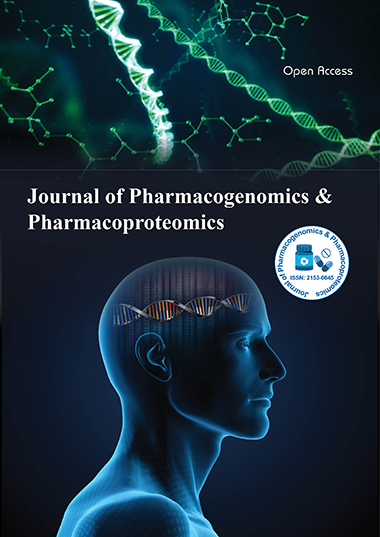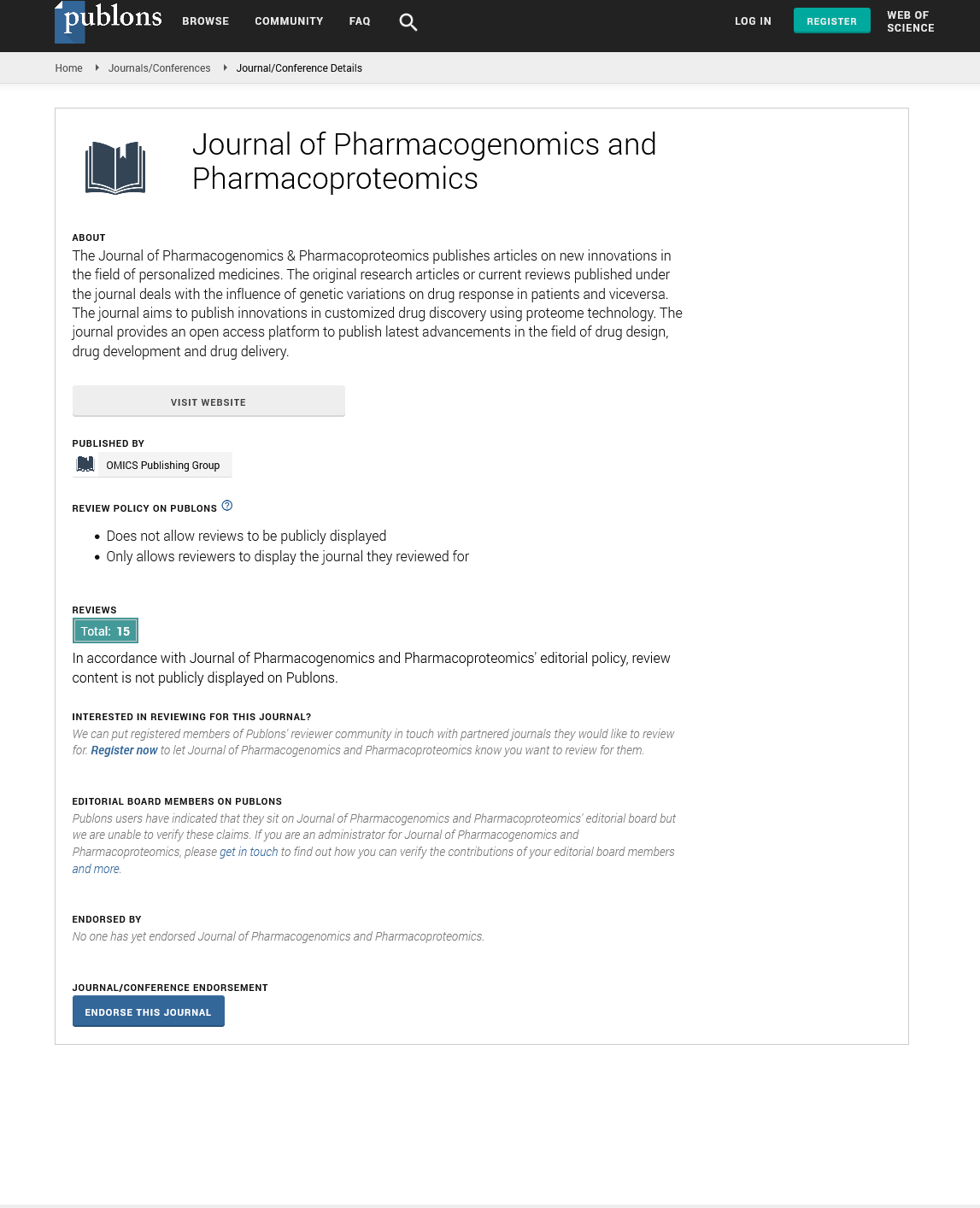Indexed In
- Open J Gate
- Genamics JournalSeek
- Academic Keys
- JournalTOCs
- ResearchBible
- Electronic Journals Library
- RefSeek
- Hamdard University
- EBSCO A-Z
- OCLC- WorldCat
- Proquest Summons
- SWB online catalog
- Virtual Library of Biology (vifabio)
- Publons
- MIAR
- Euro Pub
- Google Scholar
Useful Links
Share This Page
Journal Flyer

Open Access Journals
- Agri and Aquaculture
- Biochemistry
- Bioinformatics & Systems Biology
- Business & Management
- Chemistry
- Clinical Sciences
- Engineering
- Food & Nutrition
- General Science
- Genetics & Molecular Biology
- Immunology & Microbiology
- Medical Sciences
- Neuroscience & Psychology
- Nursing & Health Care
- Pharmaceutical Sciences
Opinion - (2024) Volume 15, Issue 1
Overview of Pathogenicity Chromosomes and their Impact on Bacterial Pathogenesis
Vale Xiaoji*Received: 01-Jan-2024, Manuscript No. JPP-24-24895; Editor assigned: 05-Jan-2024, Pre QC No. JPP-24-24895 (PQ); Reviewed: 19-Jan-2024, QC No. JPP-24-24895; Revised: 26-Jan-2024, Manuscript No. JPP-24-24895 (R); Published: 02-Feb-2024, DOI: 10.35248/2153-0645.23.15.088
Description
Pathogenicity chromosomes are small, circular pieces of DNA that can be found within many types of bacteria and other microorganisms. They contain genetic information that enables them to cause disease, making them essential components for the study of infectious diseases. By understanding the role of pathogenicity chromosomes, scientists can better understand how infectious diseases spread and develop, as well as the type of treatments that are effective in fighting them. In this article, we will explore the impact of pathogenicity chromosomes on infectious diseases.
Pathogenicity chromosomes in infectious diseases are responsible for coding for toxins or other proteins that cause disease. Depending on the type of microorganism, there may be multiple such chromosomes within the cell. This can present a significant challenge for researchers, as it is often difficult to identify which chromosome is responsible for causing a particular illness or infection.
Investigating the impact of pathogenicity chromosomes
In order to investigate the impact of pathogenicity chromosomes on infectious diseases, researchers must first identify which type of microorganism is causing an infection. Once this has been determined, they can then focus on analyzing the genetic material contained within its pathogenicity chromosome(s). By studying these genes, researchers are able to understand how a particular illness or infection is caused and why certain treatments may be more effective than others.
Implications for treatments: This knowledge has significant implications when it comes to developing new treatments for infectious diseases. By understanding which genes are responsible for producing toxins or other proteins that cause illness or infection, researchers can develop drugs or therapies that target and interfere with those genetic pathways. This approach is much more targeted than simply trying to kill all bacteria in a patient’s body with antibiotics. Pathogenicity chromosomes play an role in our understanding of infectious diseases. By studying these chromosomal elements, researchers are able to gain insight into how infections spread and develop, as well as how they might be treated more effectively. Through this research we can begin to take control over our own health by better understanding the biological mechanisms behind many illnesses.
Pathogenicity chromosomes are bacterial genes that are responsible for a microorganism's ability to cause disease. They are essential components of bacterial pathogenesis and play a key role in the development of infectious diseases. In recent years, the study of pathogenicity chromosomes has advanced significantly, allowing us to gain a deeper understanding of how they impact infectious diseases. Pathogenicity chromosomes are composed of two distinct types of genes: effector genes and regulatory genes. Effector genes encode proteins that enable the bacteria to infect and damage host tissues, while regulatory genes control the expression of these effector genes. This allows bacteria to activate or deactivate certain functions in order to survive in specific host environments. By controlling gene expression, pathogenicity chromosomes allow bacteria to adapt rapidly to new environments and cause infections in humans. In order to better understand how pathogenicity chromosomes cause disease, researchers have identified several important mechanisms that are involved in bacterial pathogenesis. These include evasion of the immune system by proteins produced by effector genes, transmission between hosts by cell surface proteins encoded by regulatory genes, and invasion into host cells through adhesion molecules produced by effector genes. Additionally, it has been found that some strains of bacteria possess multiple copies of certain pathogenicity chromosomal regions, which can result in an increased risk for disease development or severity. The study of pathogenicity chromosomes has enabled scientists to develop novel approaches for diagnosing and treating infectious diseases caused by bacterial pathogens. For example, researchers have developed vaccines targeting specific surface proteins encoded by regulatory genes on these chromosomes. Additionally, new antibiotics have been developed that target specific effector proteins expressed during infection. With further research into the mechanisms responsible for bacterial pathogenesis, we can expect more advancements in this field that will ultimately lead to improved treatments and diagnosis for infectious diseases caused by these pathogens.
Citation: Xiaoji V (2024) Overview of Pathogenicity Chromosomes and their Impact on Bacterial Pathogenesis. J Pharmacogenom Pharmacoproteomics. 15:088.
Copyright: © 2024 Xiaoji V. This is an open-access article distributed under the terms of the Creative Commons Attribution License, which permits unrestricted use, distribution, and reproduction in any medium, provided the original author and source are credited.

